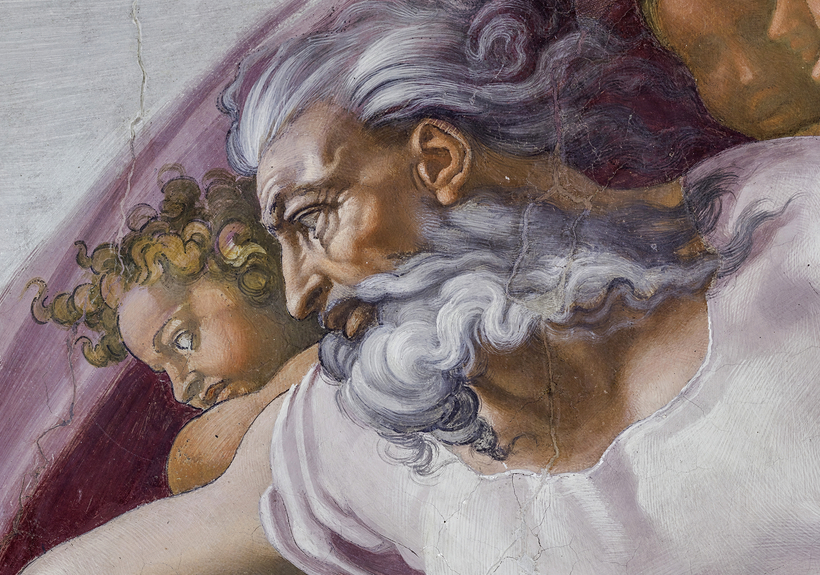Five-hundred years ago Michelangelo was 60 feet up in the air, painting the ceiling of the Vatican’s Sistine Chapel, a huge commission from Pope Julius II. By 1512, the frescoes—more than 300 biblical scenes arranged around the centerpiece, Creation of Adam—were complete. Michelangelo would return to the chapel 25 years later, commissioned by Pope Paul III Farnese to paint its entire altar wall with scenes from The Last Judgment. These, incidentally, would be the artist’s last great hurrah.

With Europe bracing for a second wave of the coronavirus, Callaway’s release of The Sistine Chapel—a lavish collection published in collaboration with the Vatican Museums (the first time the museums have granted their permission for such a project) and the Italian publisher Scripta Maneant, of Bologna—comes at the perfect time. More than 270,000 images, captured over the course of 67 consecutive nights using ultra-high-resolution digital photography, represent every centimeter of the chapel. The 1:1 scale renditions of its treasures are distributed over three volumes: “The 15th-Century Frescoes” (scenes from the lives of Moses and Christ by Botticelli, Ghirlandaio, Perugino, Signorelli, and other Renaissance masters), “The Ceiling” (the story of human kind from the Creation to the Coming of Christ, by Michelangelo), and “The Last Judgment.”

The photographs offer detailed looks at the chapel’s frescoes down to single brushstrokes and cracked surfaces. Gracing oversized pages measuring 24 by 17 inches, the visions feel frozen in time. Text by Antonio Paolucci, the former director of the Vatican museums, informs all three volumes, which weigh 25 pounds each. Robert Simon, the art historian and dealer who discovered Leonardo da Vinci’s lost masterpiece Salvator Mundi in 2005, calls the book a “tonic for the soul.”
The Vatican museums have limited the worldwide publication of The Sistine Chapel to 1,999 copies. Of those, the 1,000 Italian editions sold out immediately upon their 2019 release (Polish and Russian editions were produced earlier this year). The 600 English editions, printed and bound in Italy and published this month with a translation by the scholar Frank Dabell, are warehoused in Italy and shipped to customers around the world. The publisher Nicholas Callaway has called The Sistine Chapel, priced at $22,000, “the world’s most expensive impulse buy.” It’s also one of the few book sets that will never be reprinted. —Julia Vitale
